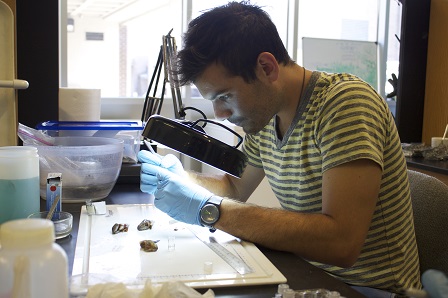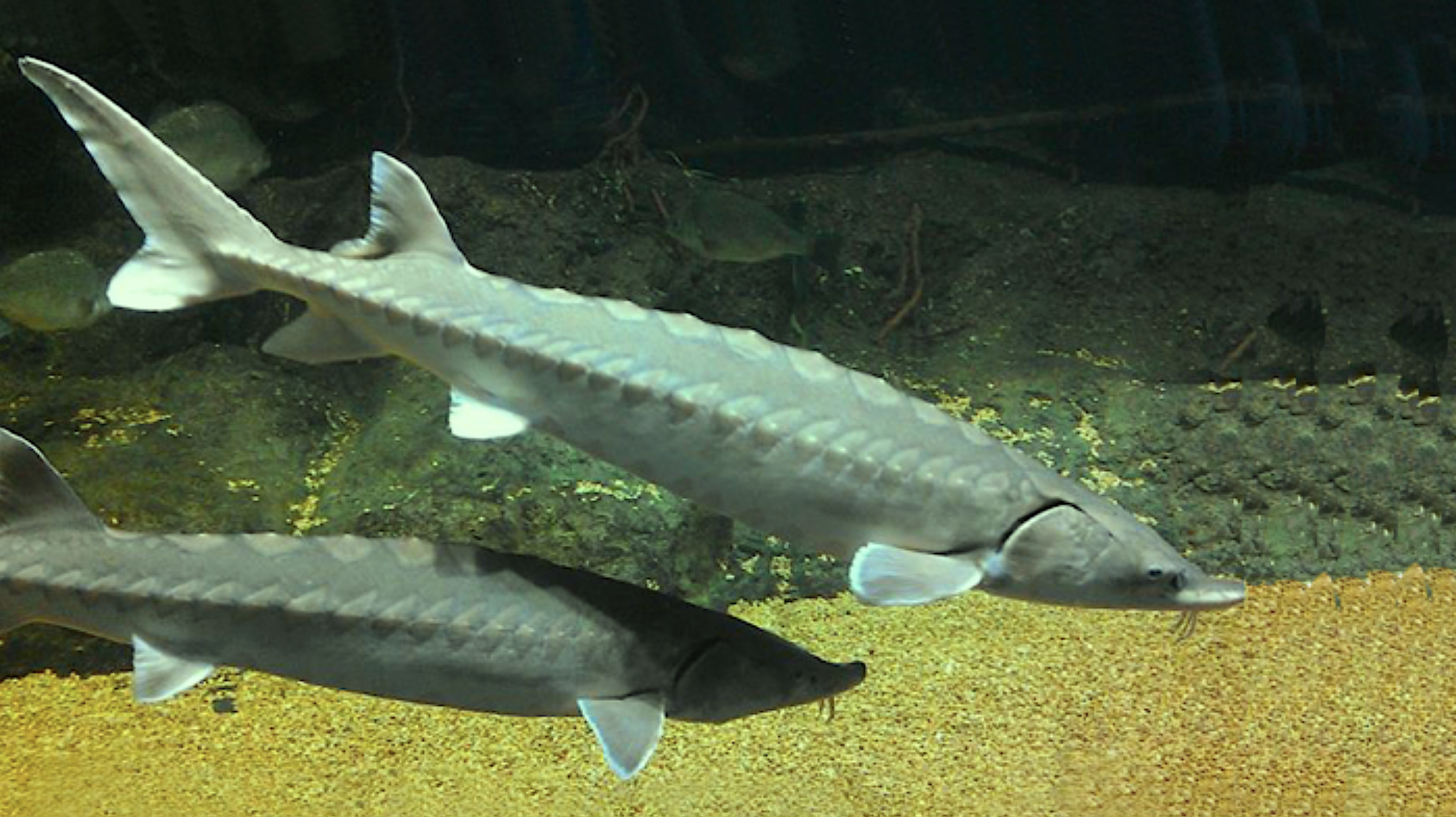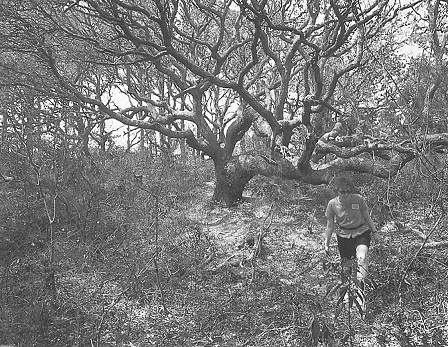
2015
FROM THE EXECUTIVE DIRECTOR: Our Sea Grant Charge: Improving Science, Education and Collaboration
Our Sea Grant focus on science literacy starts within the state’s K-12 classrooms. That includes our marine education efforts, providing critical concepts and skills not only for teachers, but also for educators in aquariums, museums and nature centers. Terri Kirby Hathaway, Sea Grant marine education specialist, leads the work.
Read MoreMore From 2015
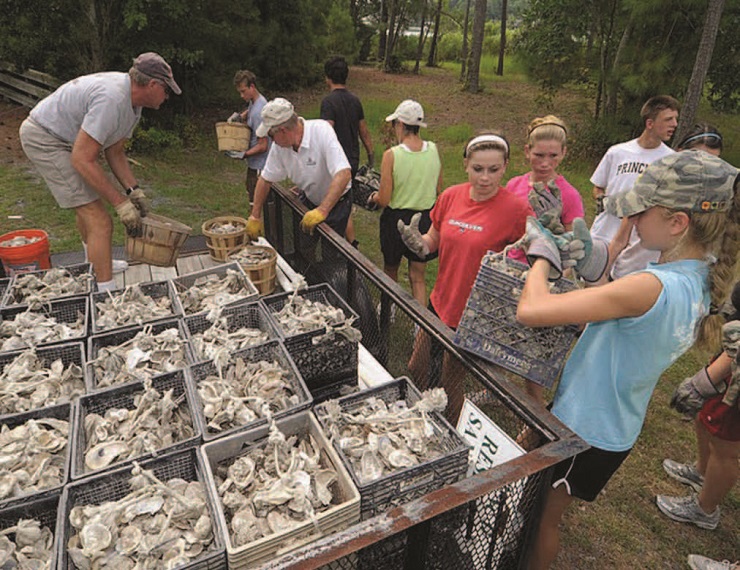
CURRENTS: Encouraging Collaborative Community Research
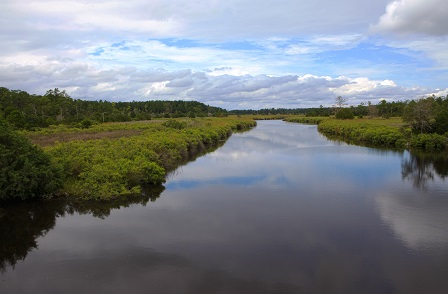
LEGAL TIDES: Education, Outreach Needed for Wildlife Plan Success
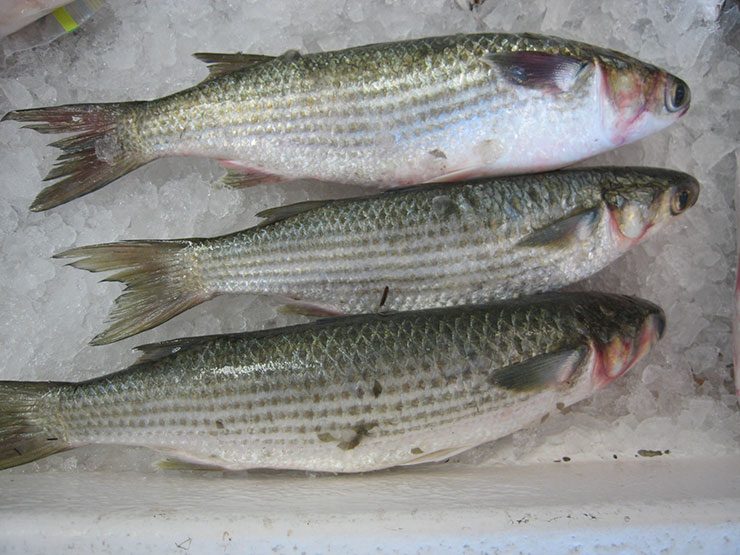
MARINER’S MENU: Food Fish, Good Fish
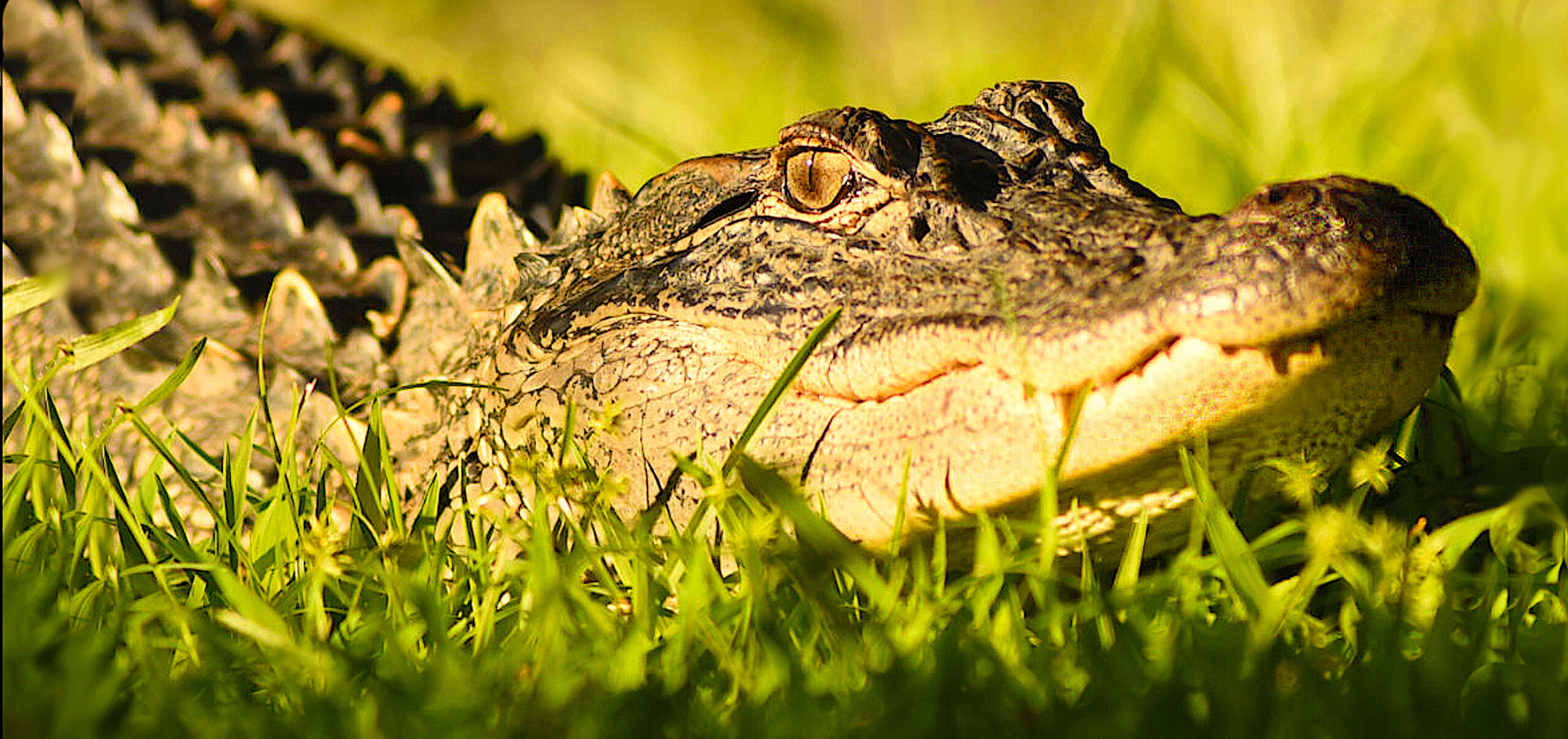
NATURALIST’S NOTEBOOK: NC Alligator Population Growing, Still Vulnerable
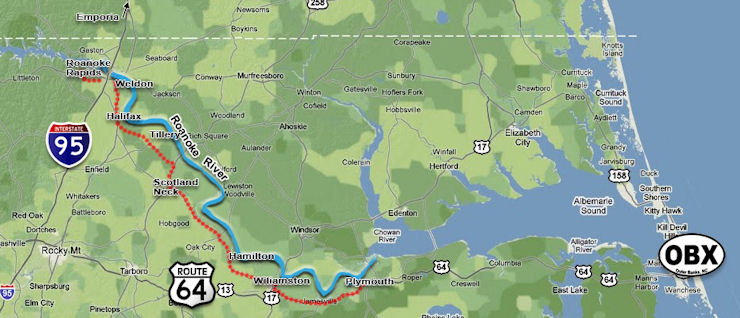
PEOPLE AND PLACES: CUT THE CORNER: Drawing Visitors to Northeastern North Carolina
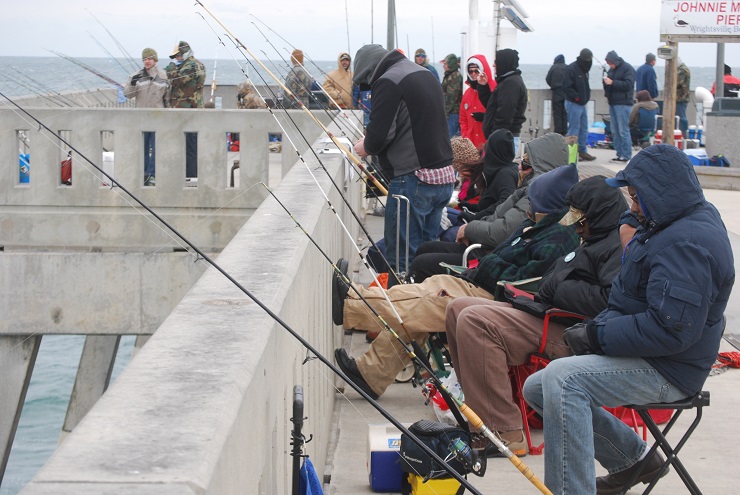
PEOPLE AND PLACES: Dog(fish) Days of Winter
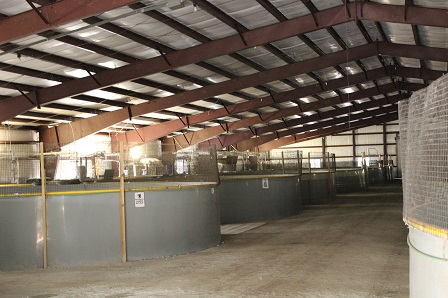
RESURRECTING STURGEON: Infusing New Flavors Into an Old Favorite
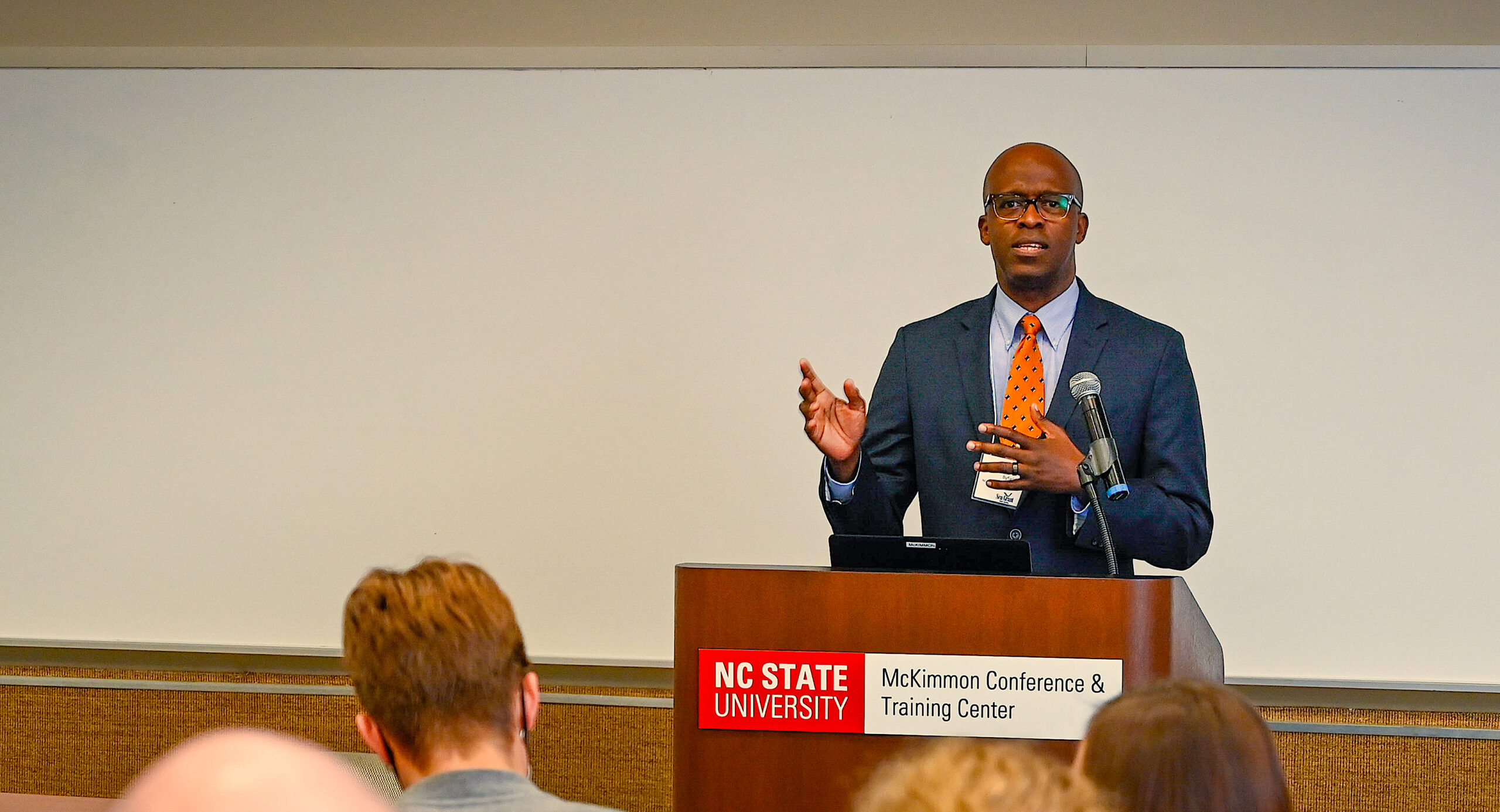
SEA SCIENCE: HOT TOPICS: Coastal Conference Sparks Conversations

Sturgeon Recipes
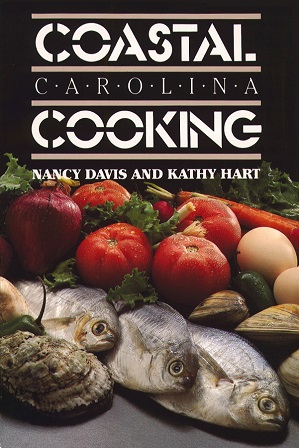
Throwback Tasting
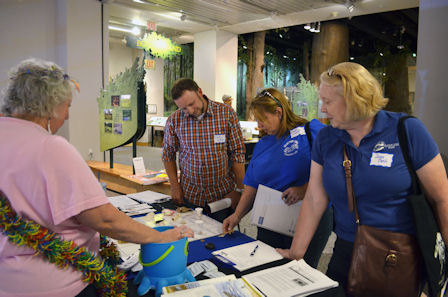
FROM THE DEPUTY DIRECTOR: Opportunities Abound
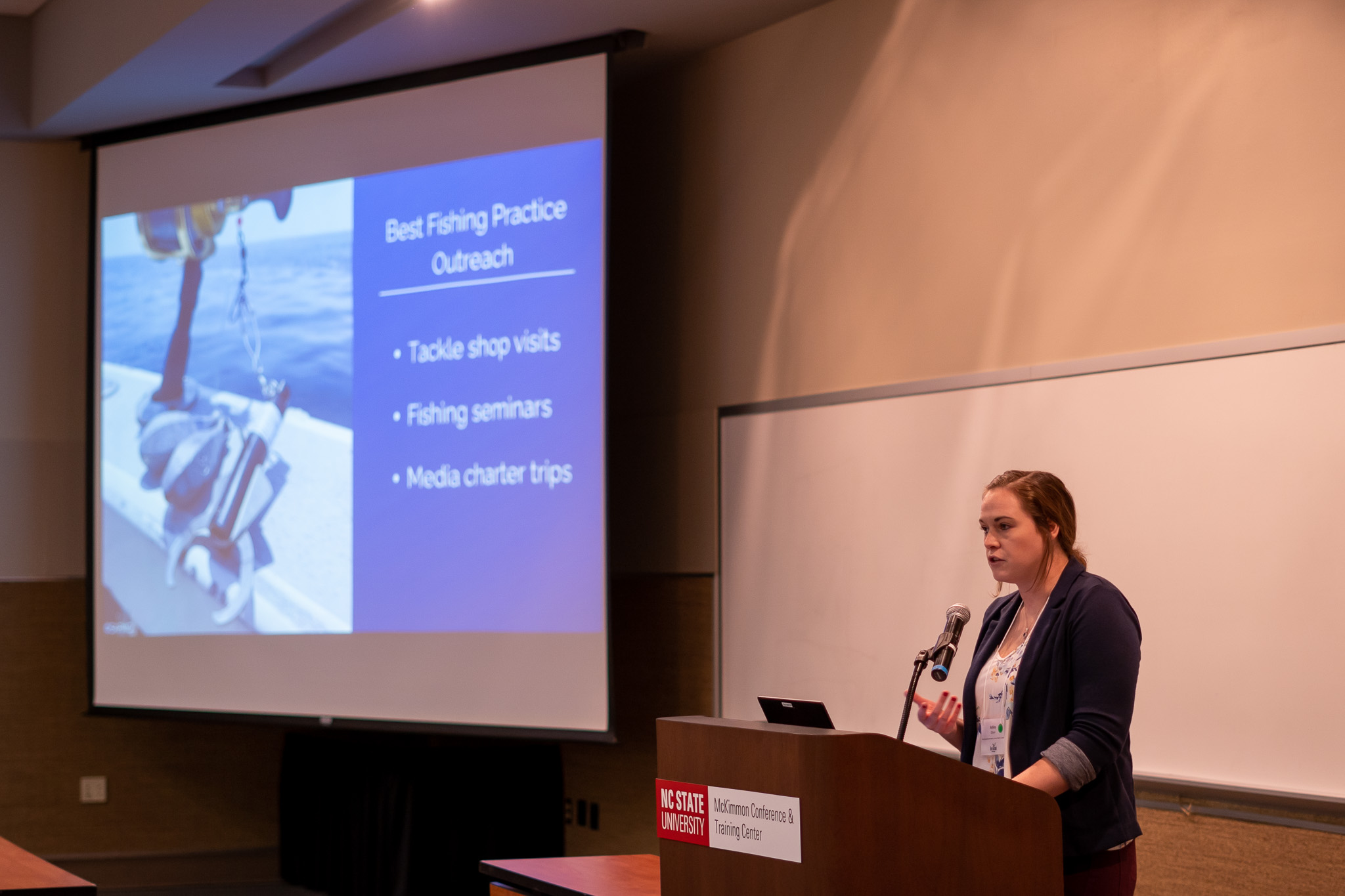
FROM THE EXECUTIVE DIRECTOR: North Carolina’s Coastal Conference Offers Varied Voices

FROM THE EXECUTIVE DIRECTOR: The Sea Grant Charge: Improving Science, Education and Collaboration
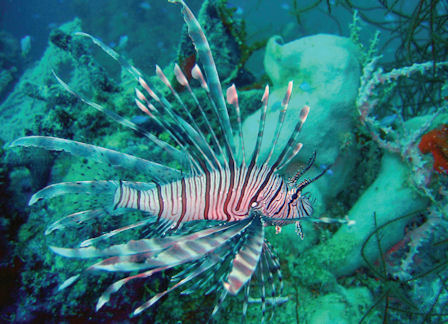
LOCAL CATCH: Trapping and Tasting an Invader
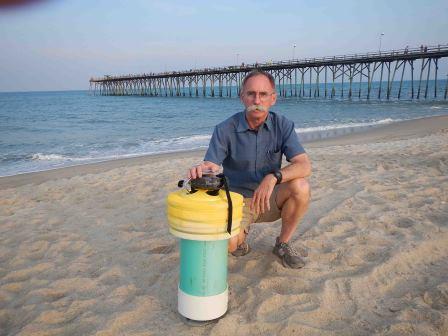
REWARDING INNOVATION: Jones Awards
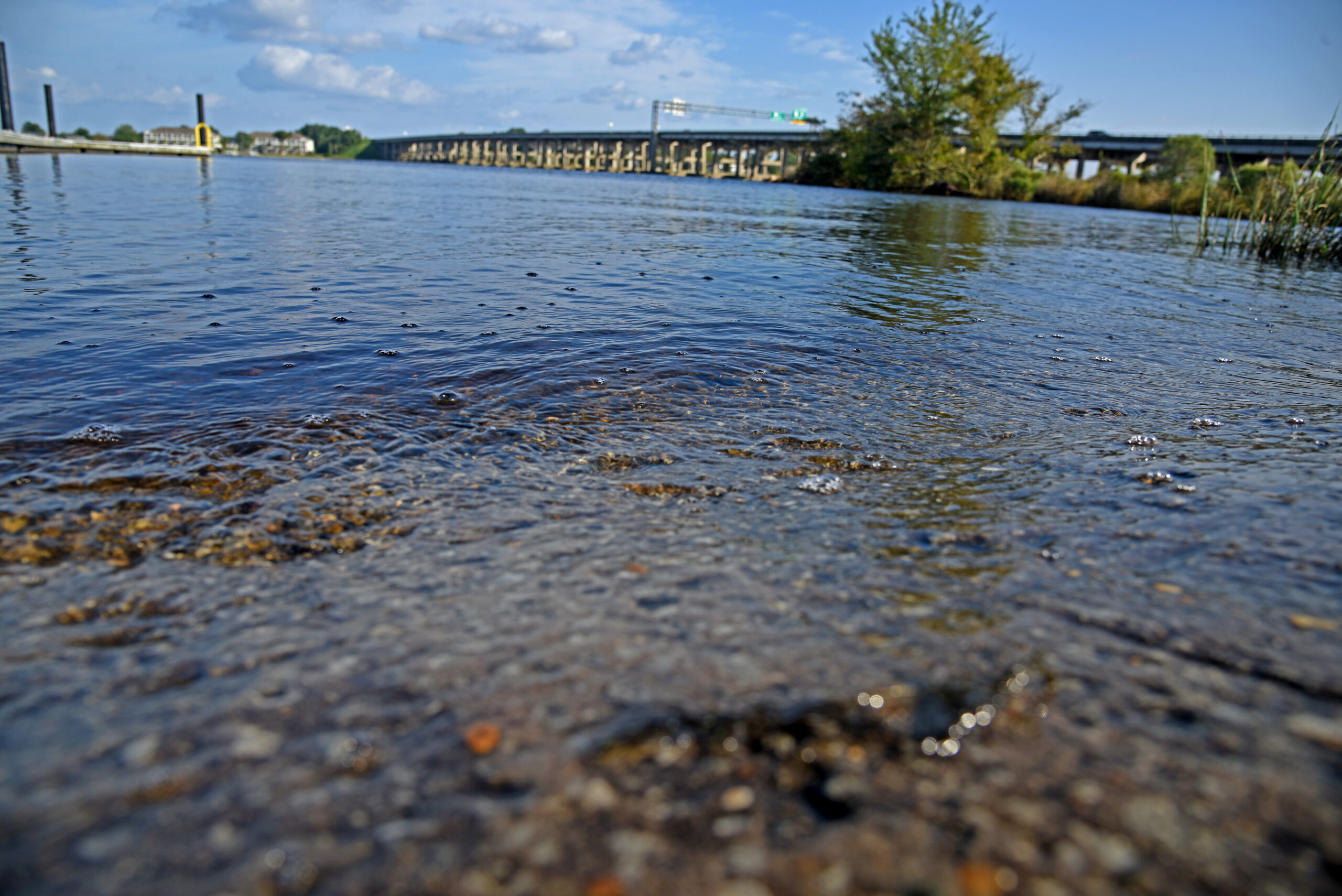
FEAR FACTOR: Bonus for North Carolina

FROM THE EXECUTIVE DIRECTOR:Where Minds Collide, Opportunities Arise
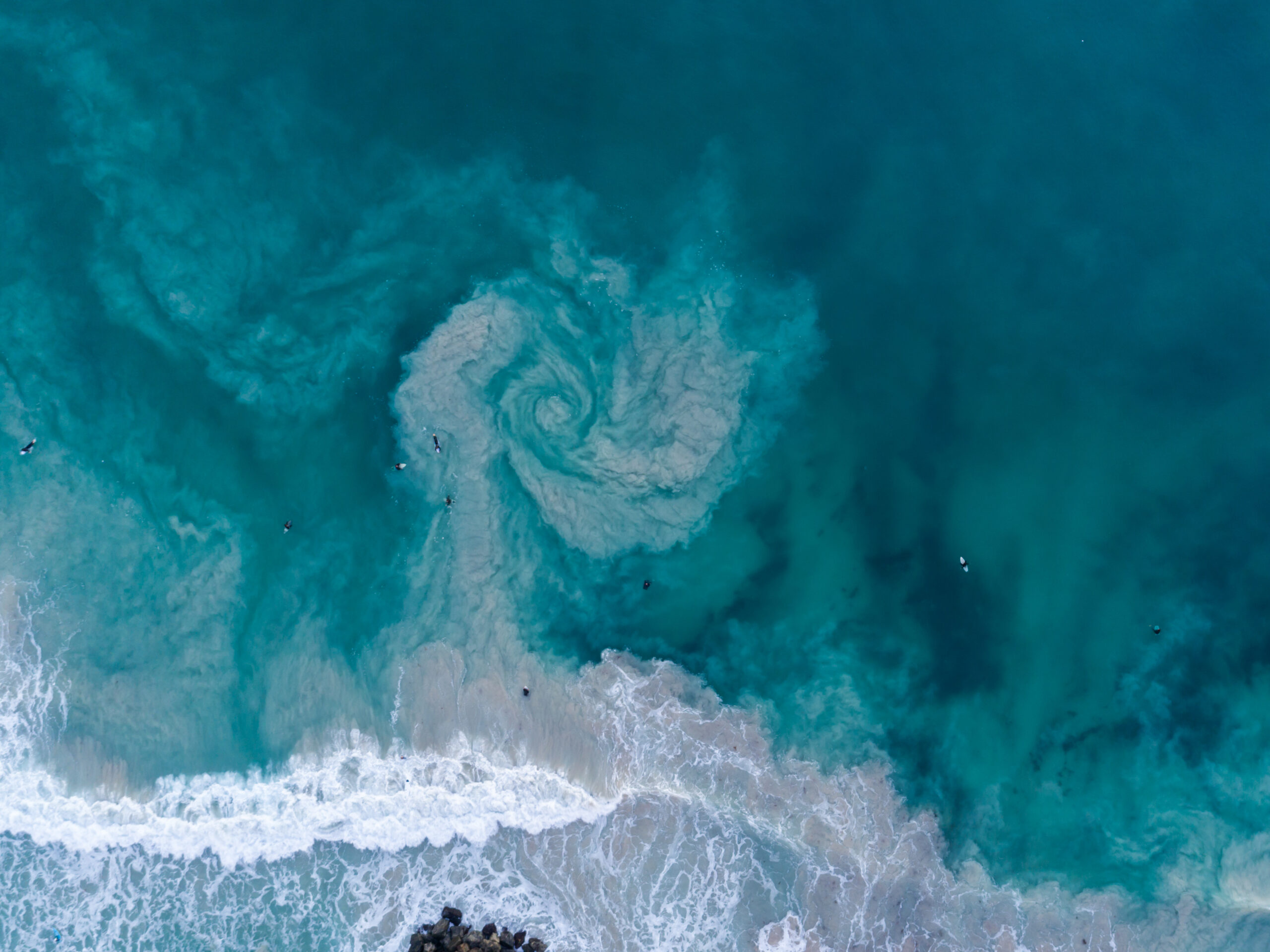
TO CATCH A CURRENT
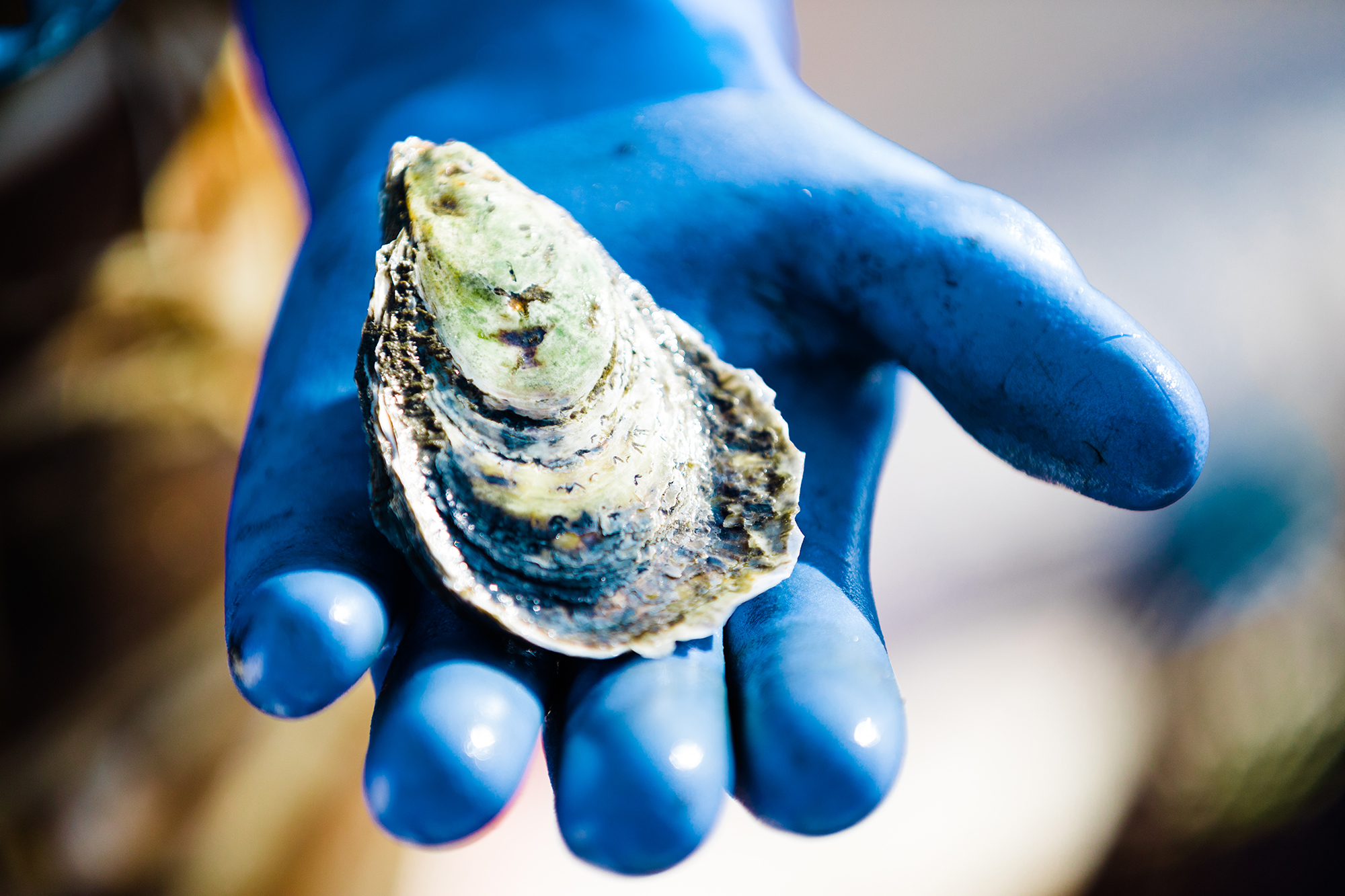
PLANTING THE SEEDS FOR A COMMON WEALTH
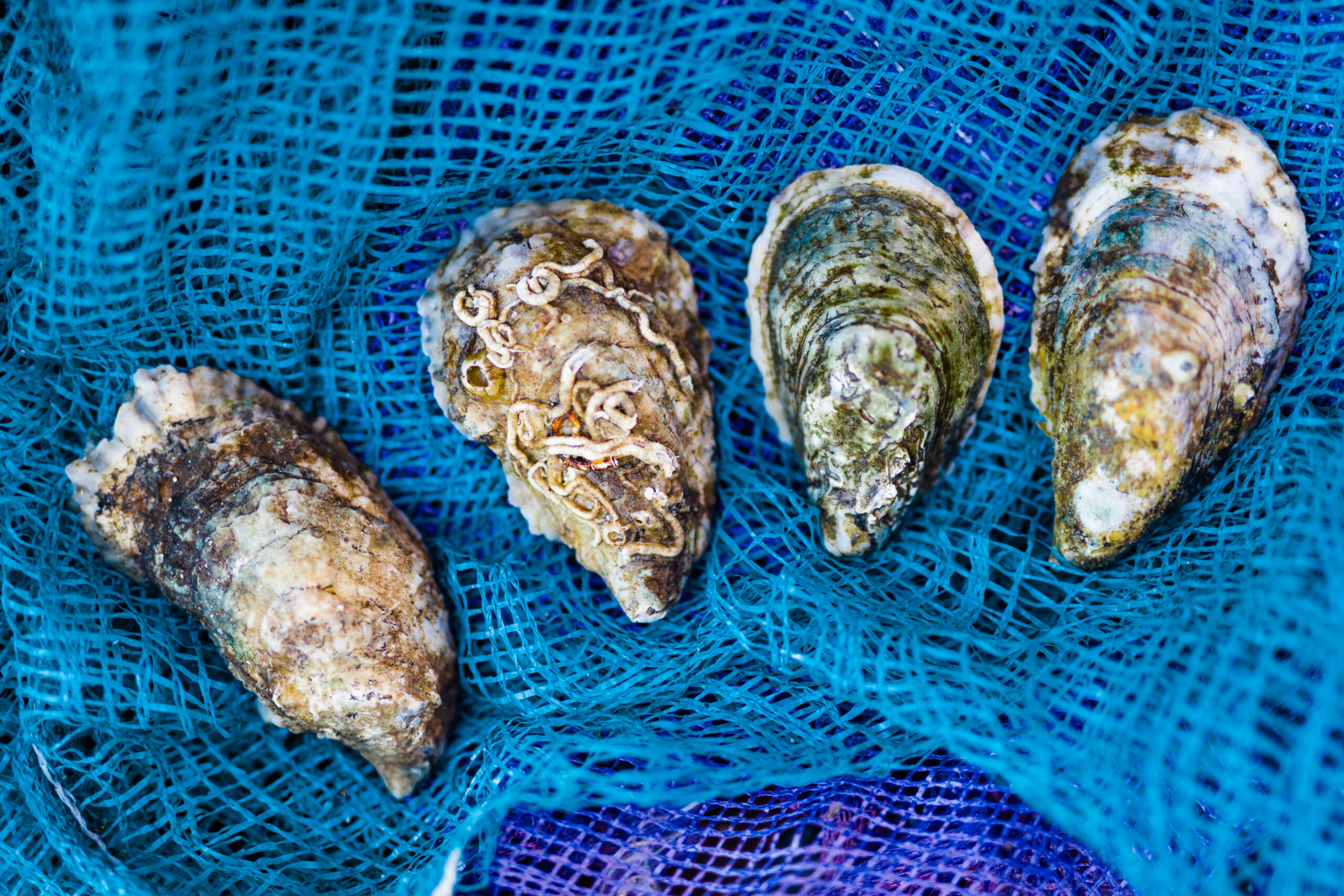
BRINGING BACK A BIVALVE: Sea Grant Works to Restore Oysters
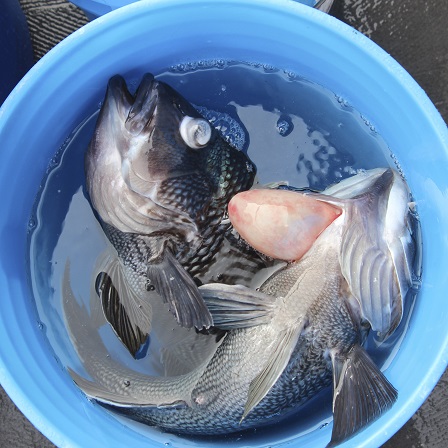
IMPROVING SURVIVAL: NEW GEAR MAY HELP CATCH-AND-RELEASE FISH
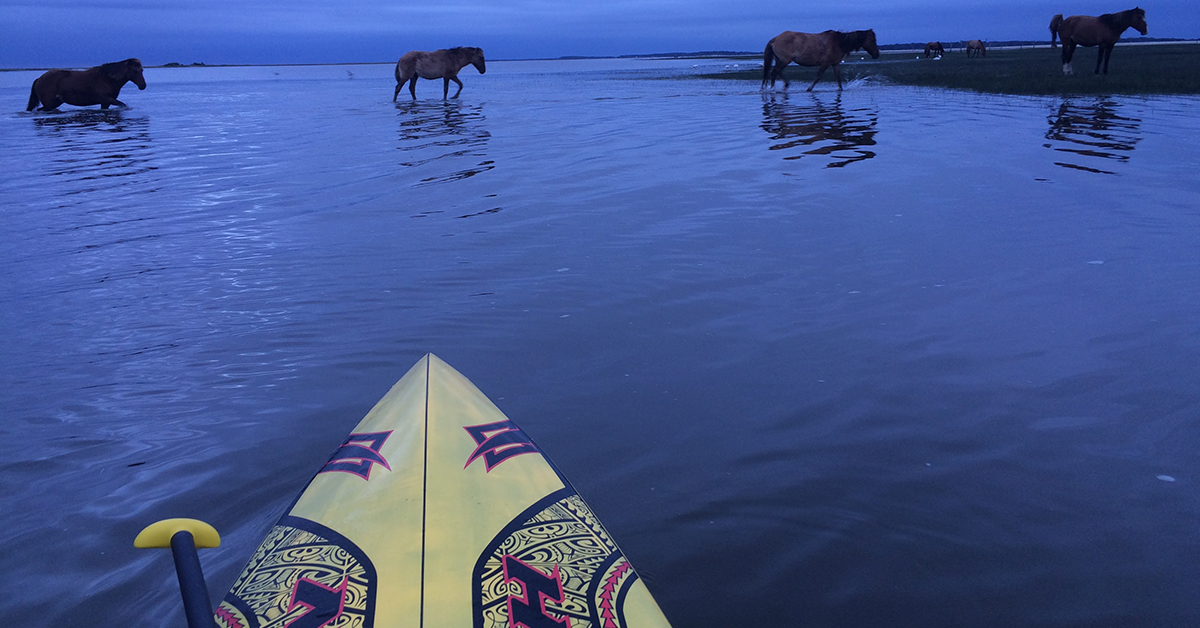
MUSIC IN THE MARSH: The Summer Soundscapes of the Rachel Carson Reserve
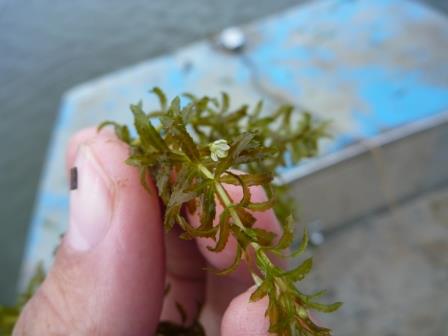
NATURALIST’S NOTEBOOK: Evicting An Invader: Reducing the Spread of Hydrilla
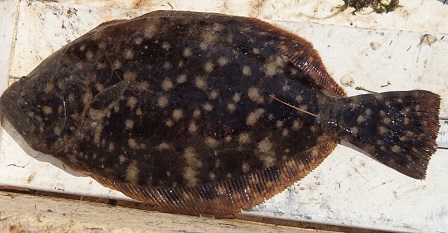
THE POWER OF OBSERVATION
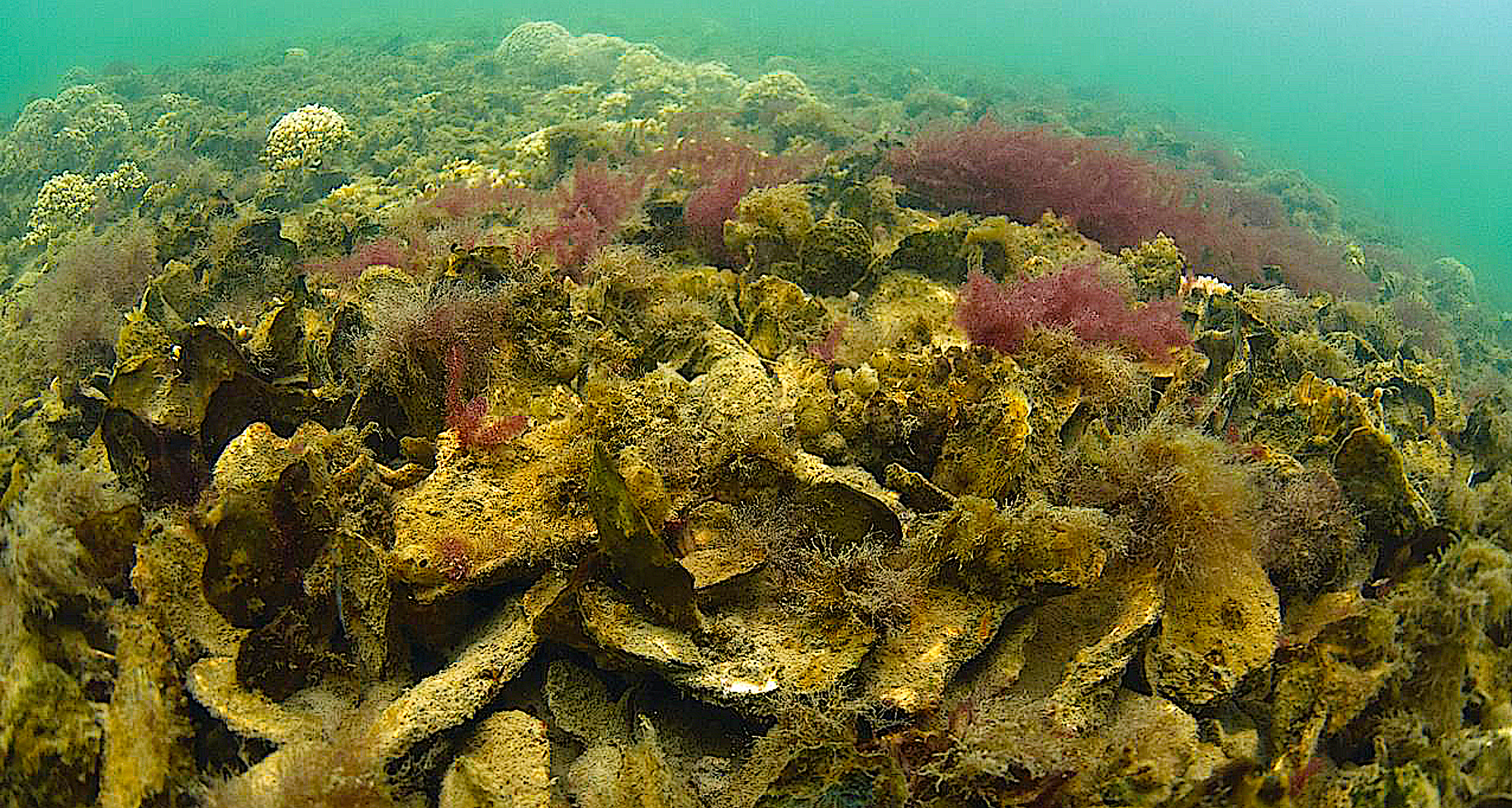
BUILDING A BETTER REEF TAKES A TEAM
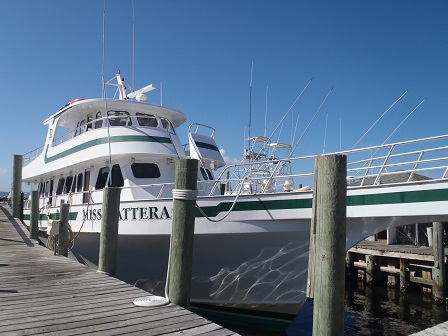
BUILDING PARTNERSHIPS FOR SUCCESS
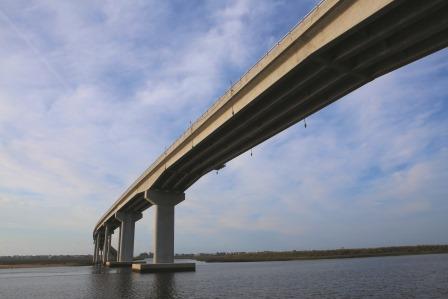
COASTAL CHALLENGES: Building Crucial Collaborations
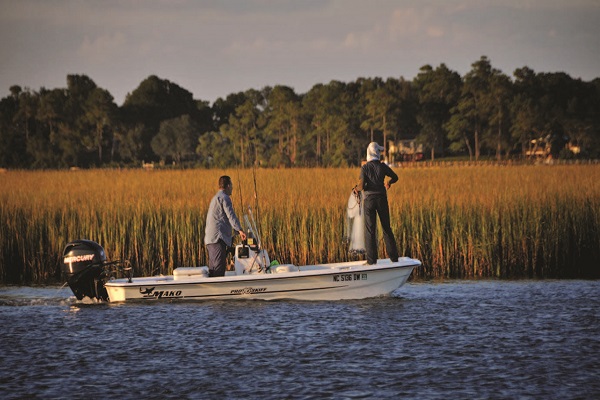
CURRENTS: IN THEIR OWN WORDS: Sea Grant Fellows Share Research Snapshots
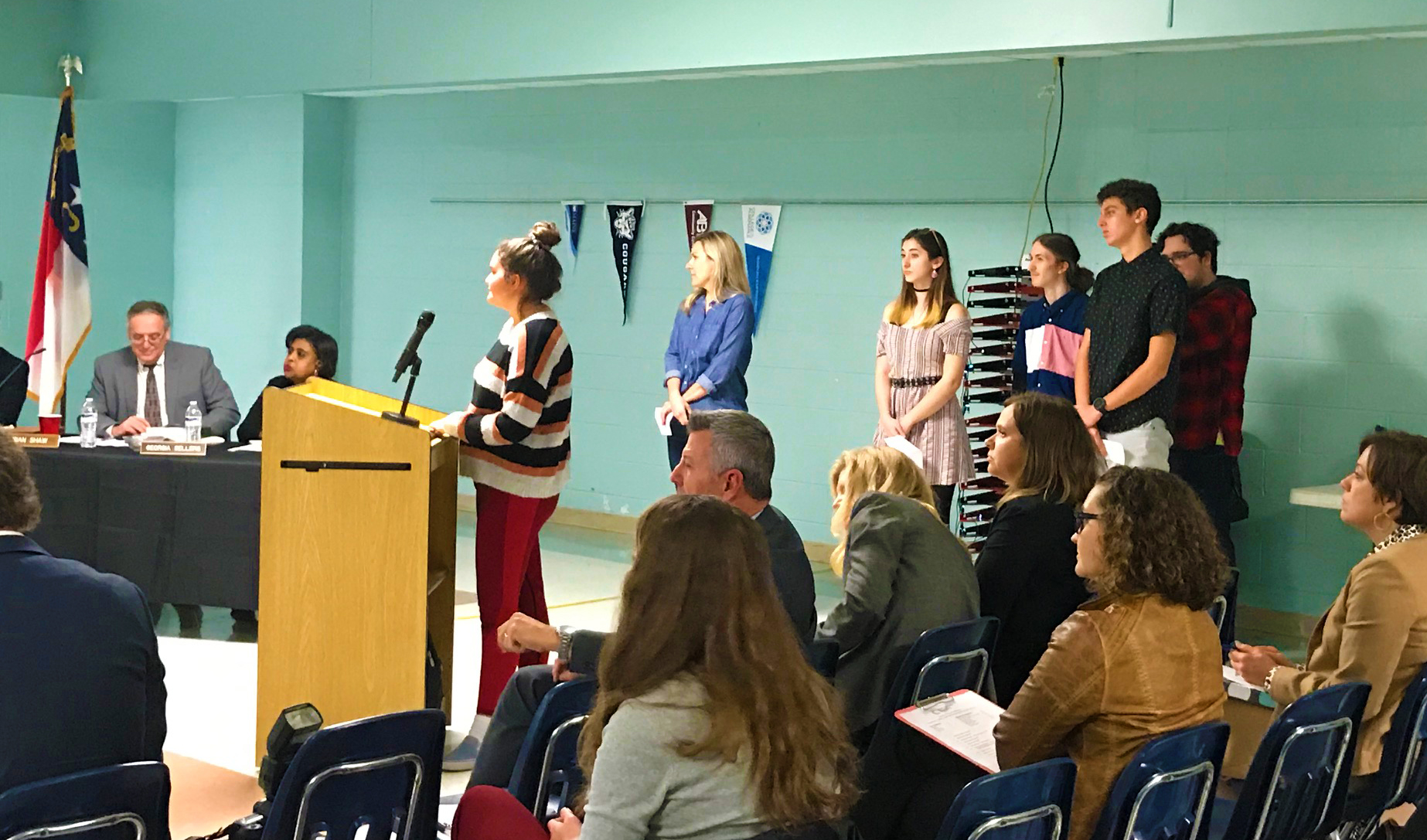
PEOPLE AND PLACES: Students Train Eyes on the Coast
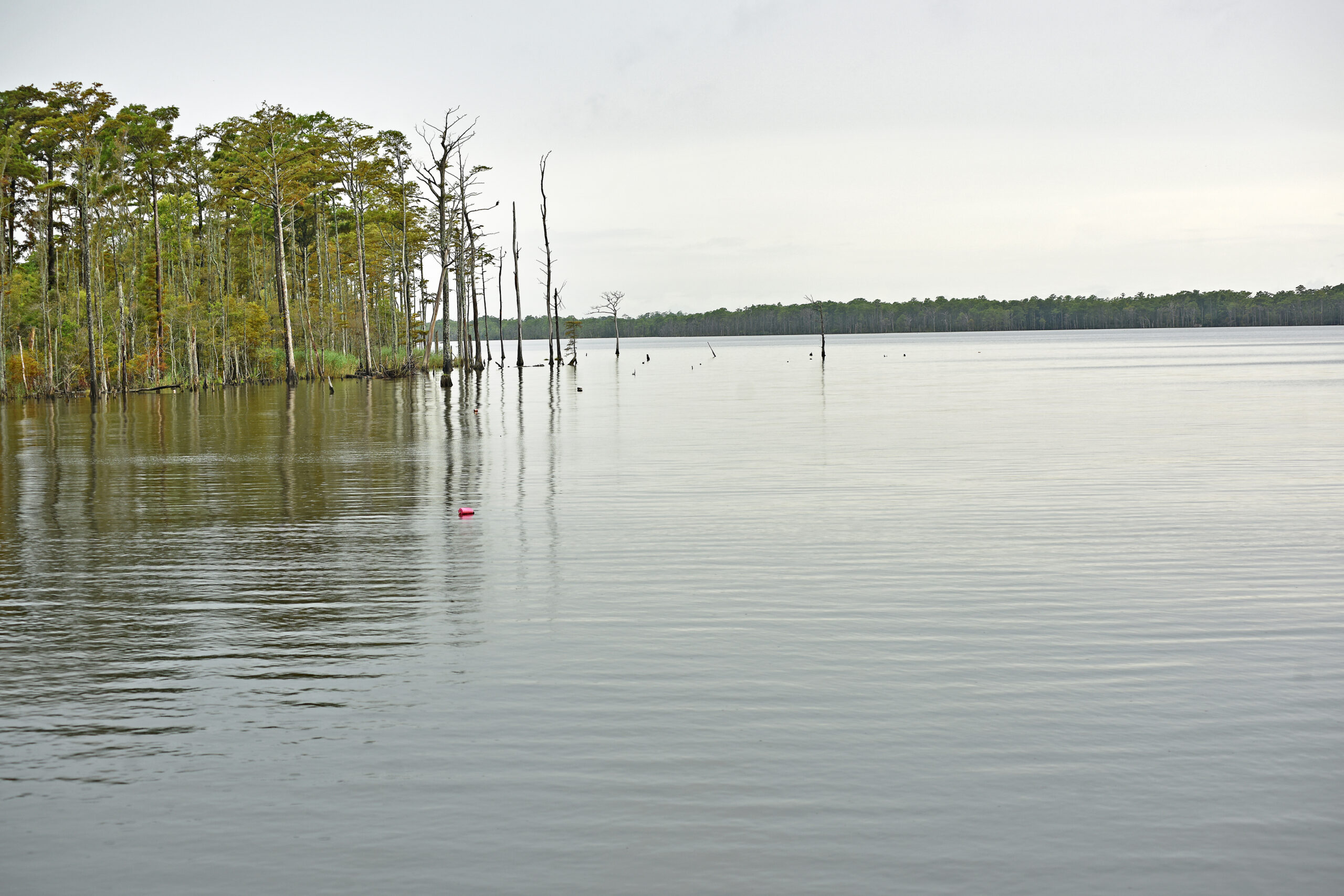
NATURALIST’S NOTEBOOK: CAROLINA BAYS: Another Man’s Treasure
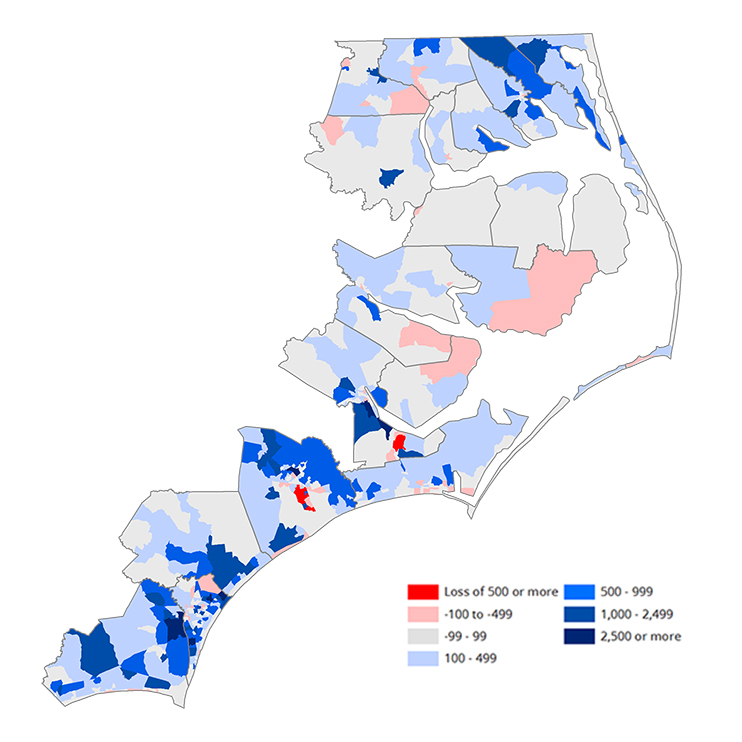
Demographic Data Offer Insights
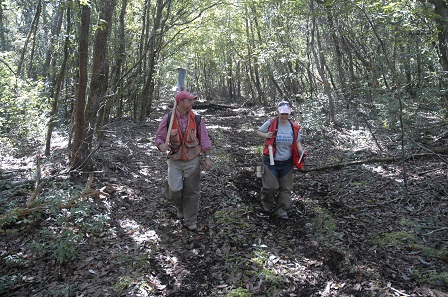
SMALL BUT MIGHTY: MINIGRANTS SUPPORT QUICK TURNAROUND, PILOT STUDIES
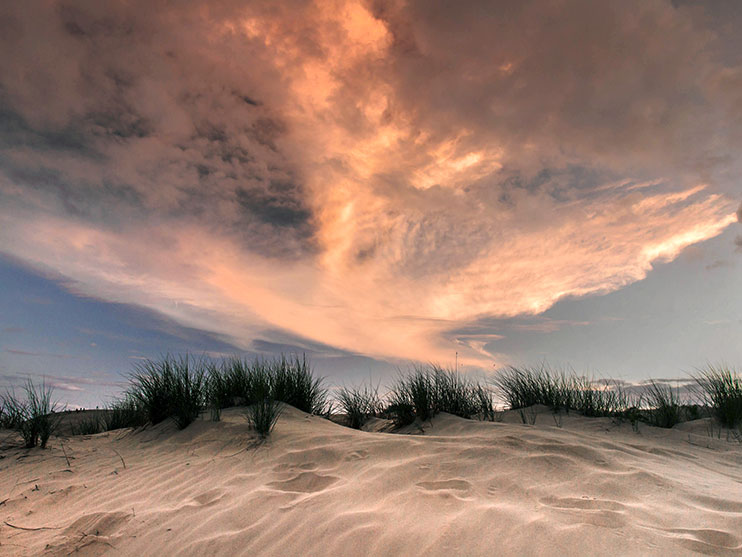
STATE TREASURES: NC Parks Approach Century Mark
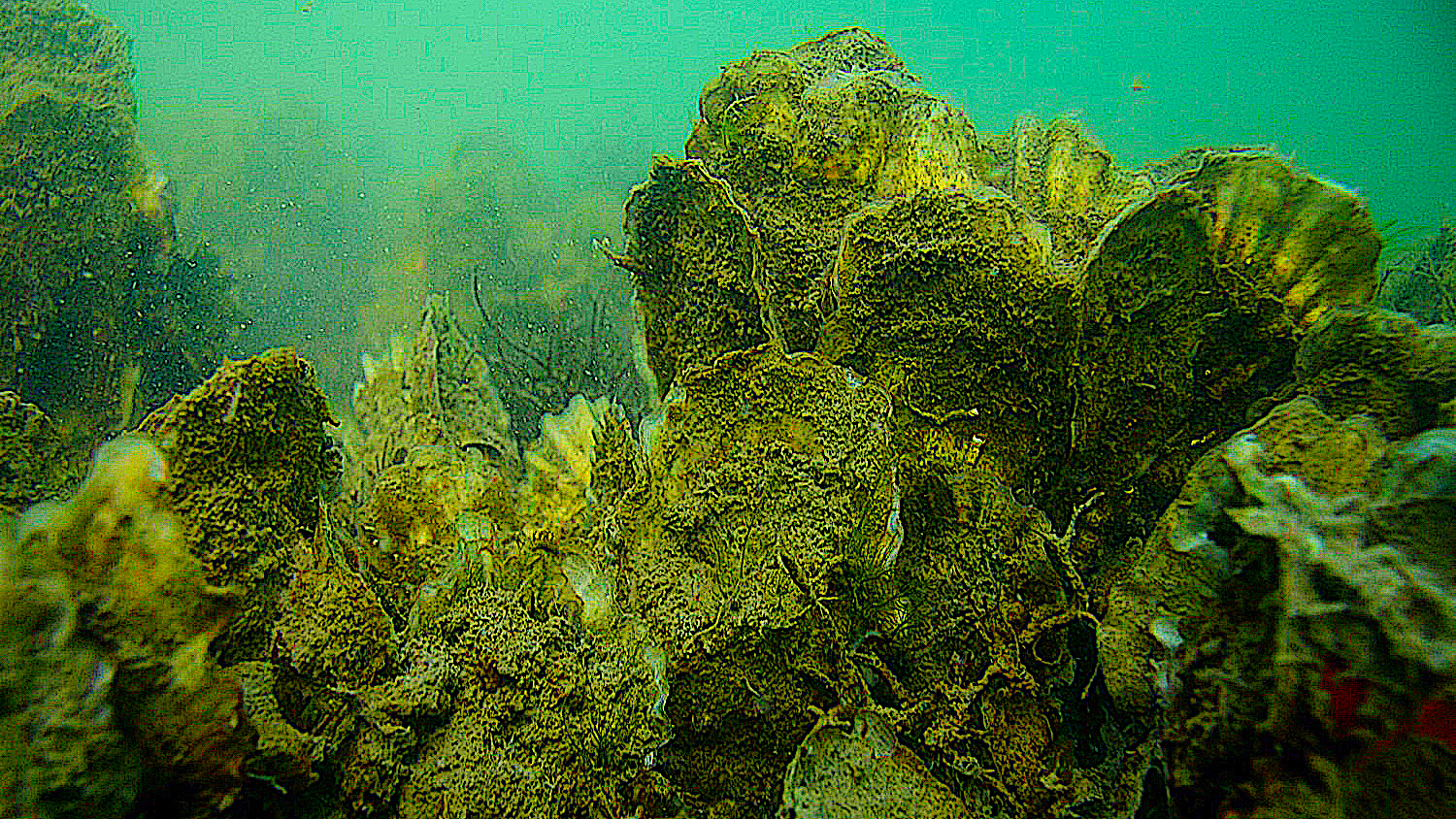
USING UPCYCLED CRAB POTS TO CREATE OYSTER REEFS
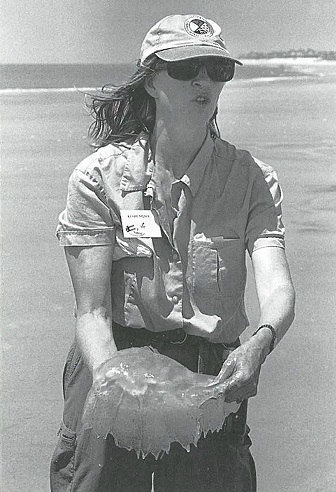
Jellyfish in Bloom: Are Humans Contributing to Local Populations?
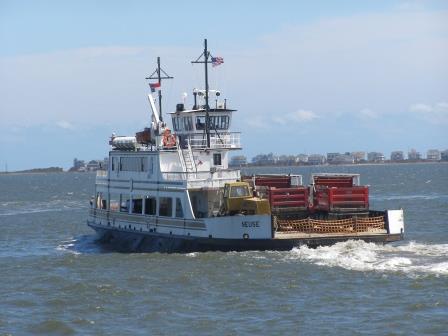
Navigating Coastal Transportation Needs
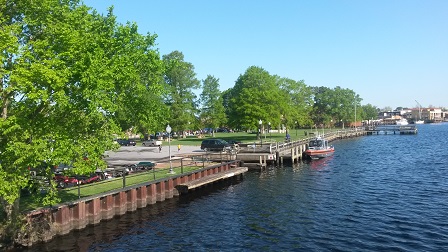
Peace at the Pasquotank

SEA SCIENCE: Rising Waters and Migrating Marshes: Researchers Track Changes in North Carolina’s Coastal Habitats
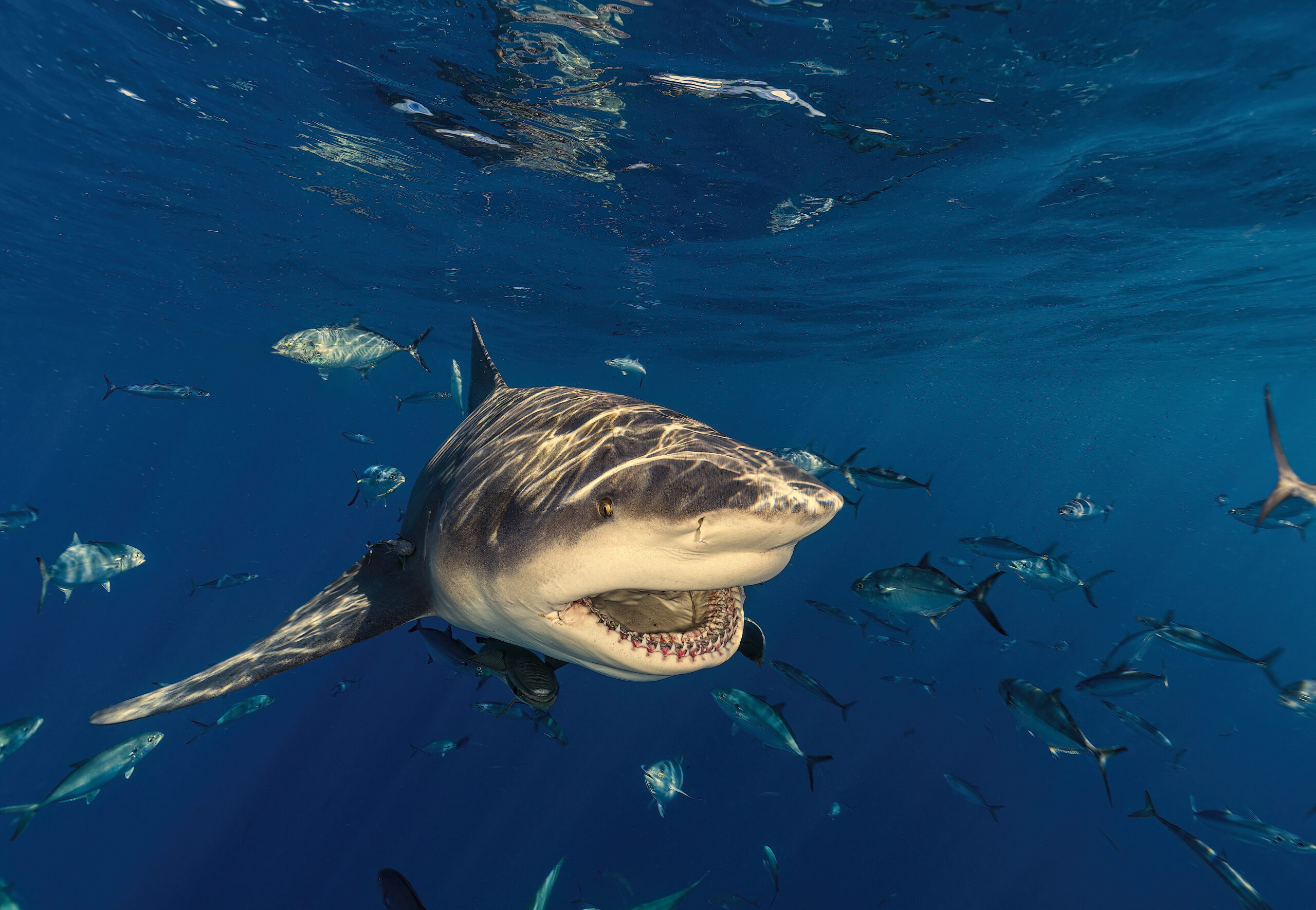
SWIMMING WITH SHARKS

A LITTLE SLICE OF HYDE COUNTY: Investigating the Science of Wetlands Restoration
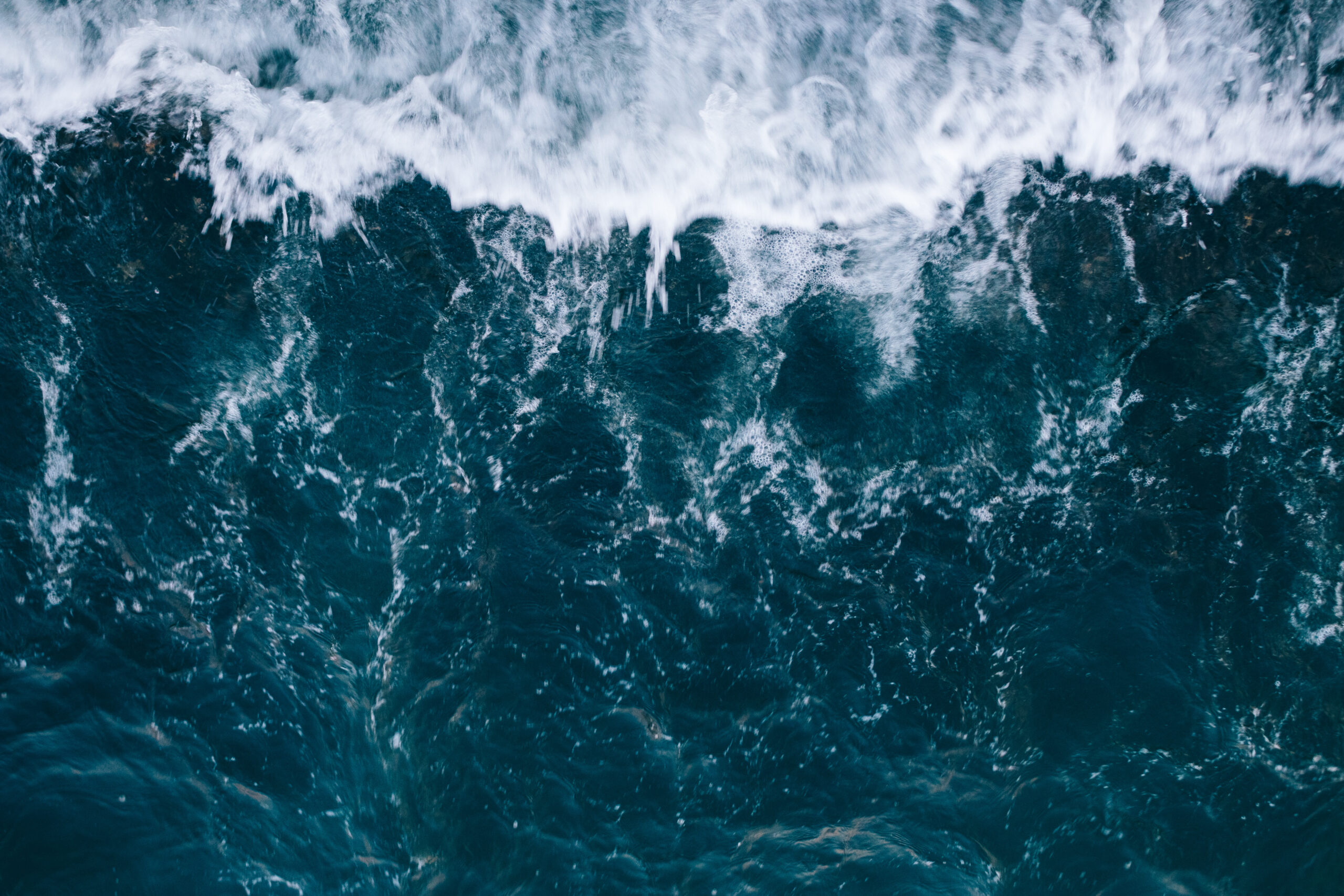
Beyond The Beach: African-American History in Coastal Carolina
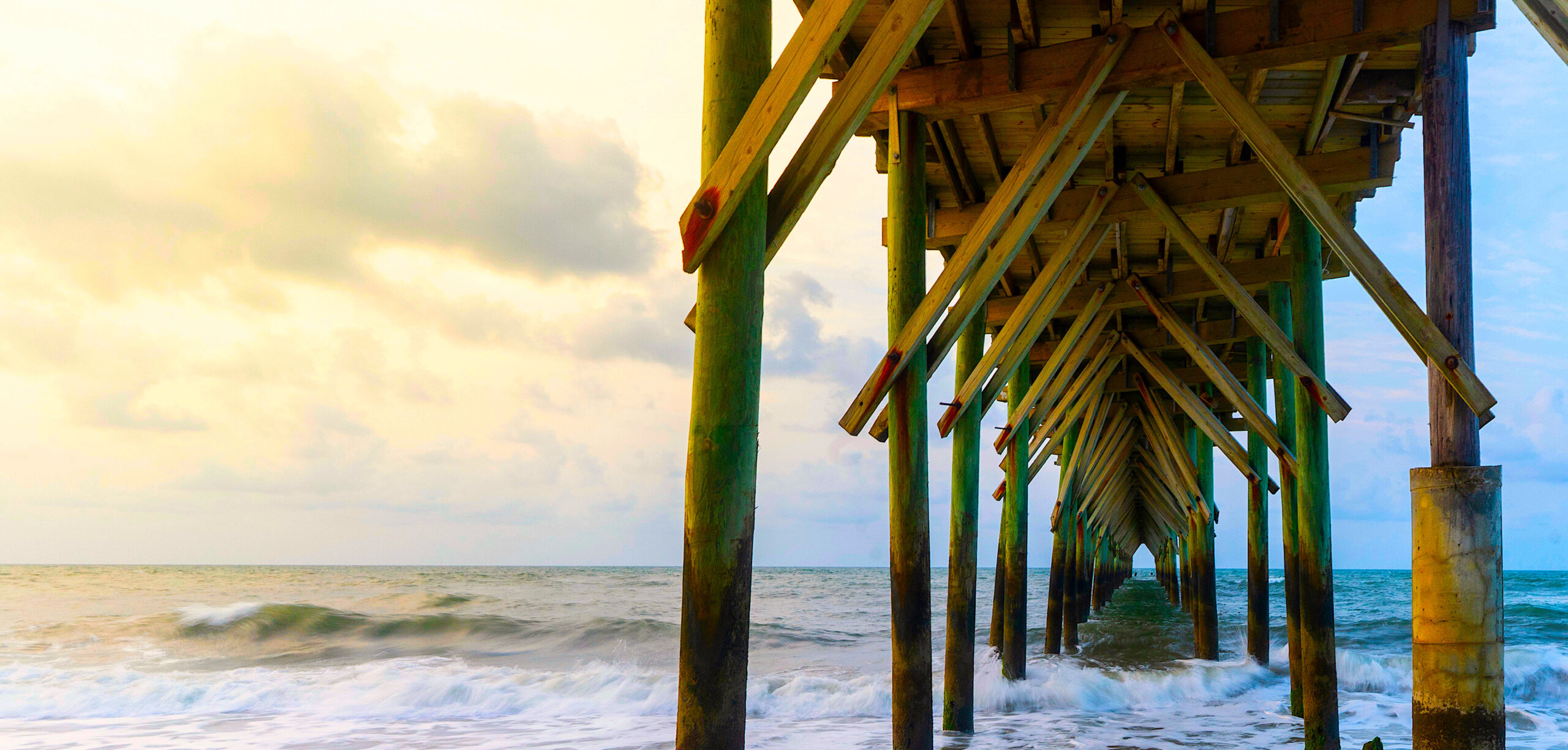
BUSINESS AS USUAL: Fishing for a Living
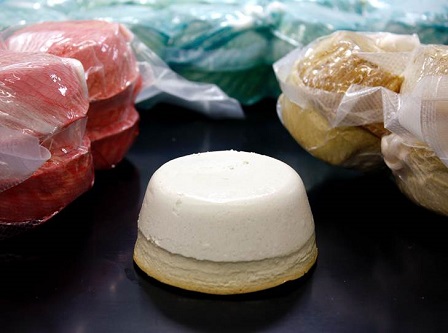
FISHING FOR FUNDING
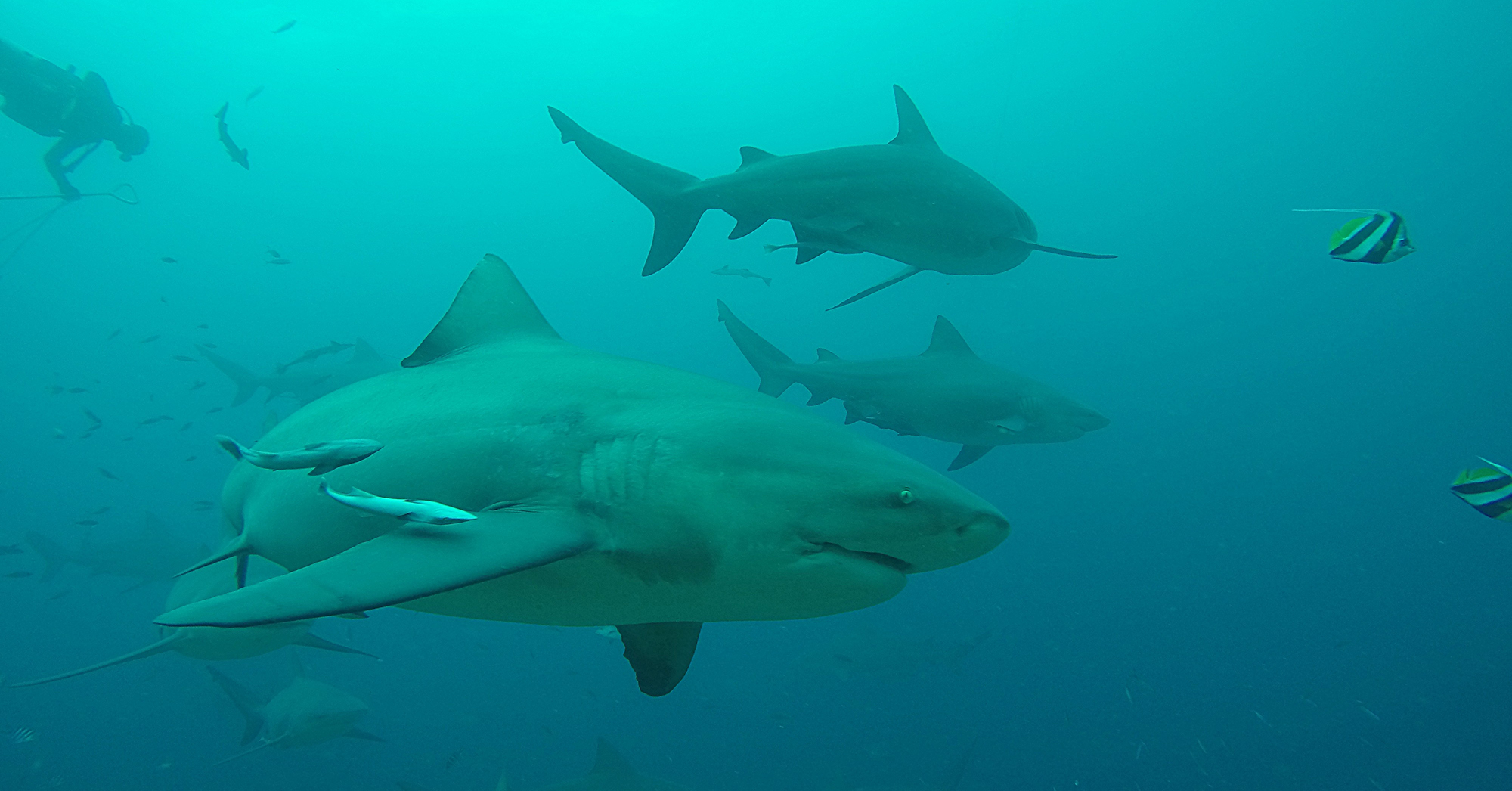
LIGHTS, CAMERA, SHARK
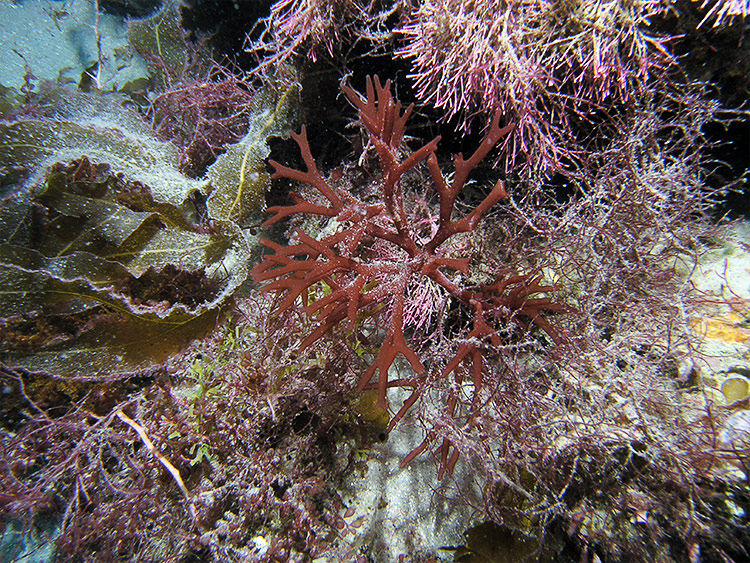
ALGAE PATROL: Documenting a Changing Community

FRESH FROM THE FARM
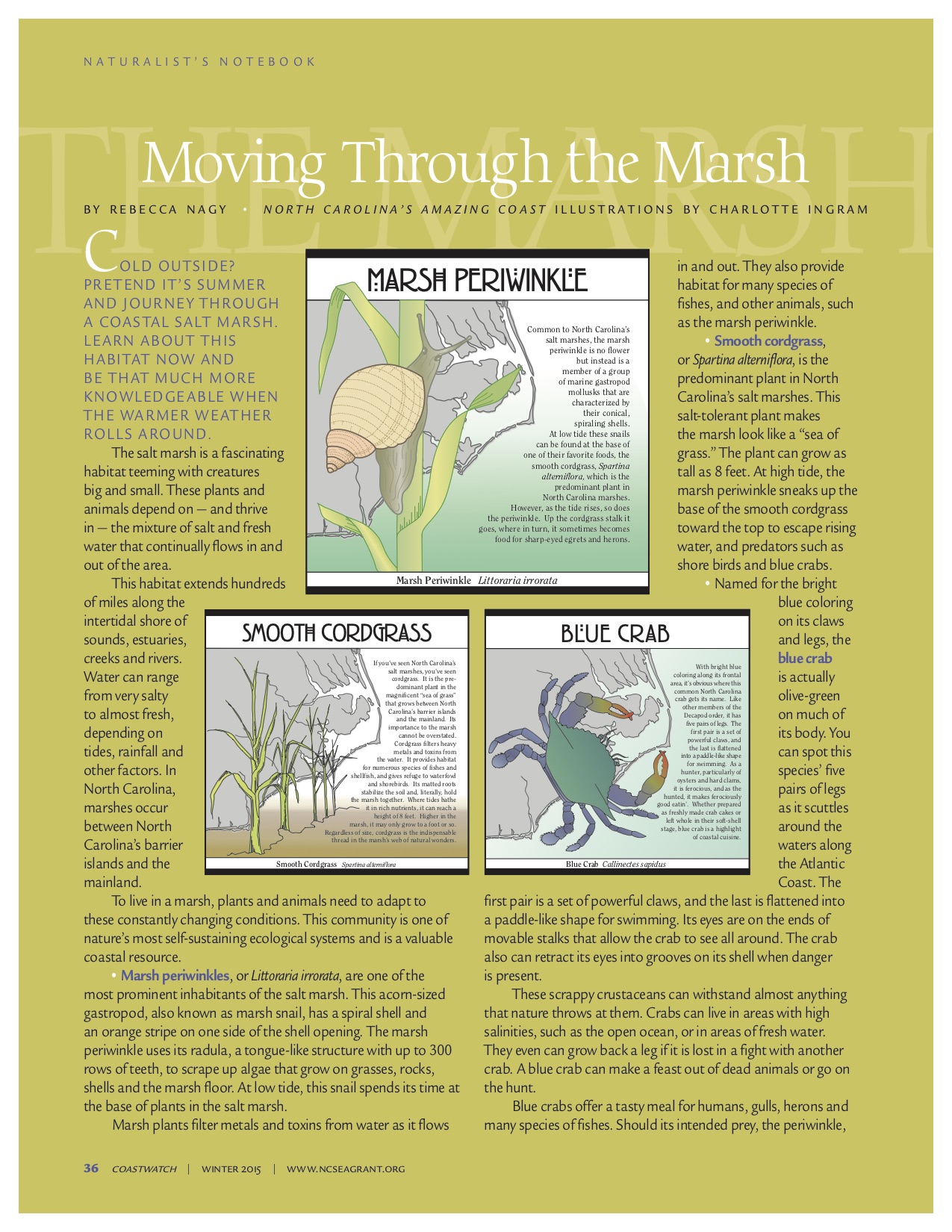
Moving Through the Marsh
